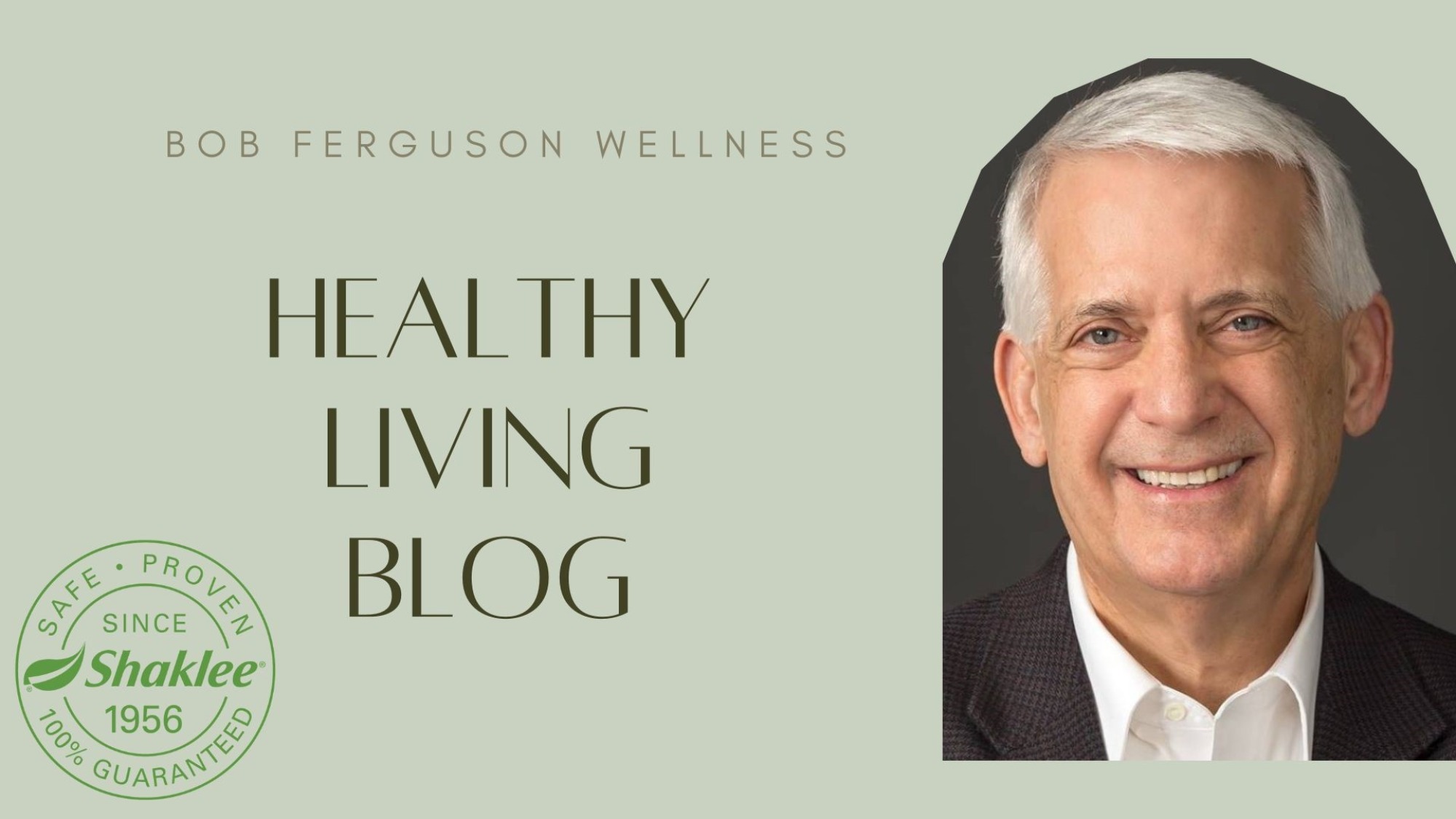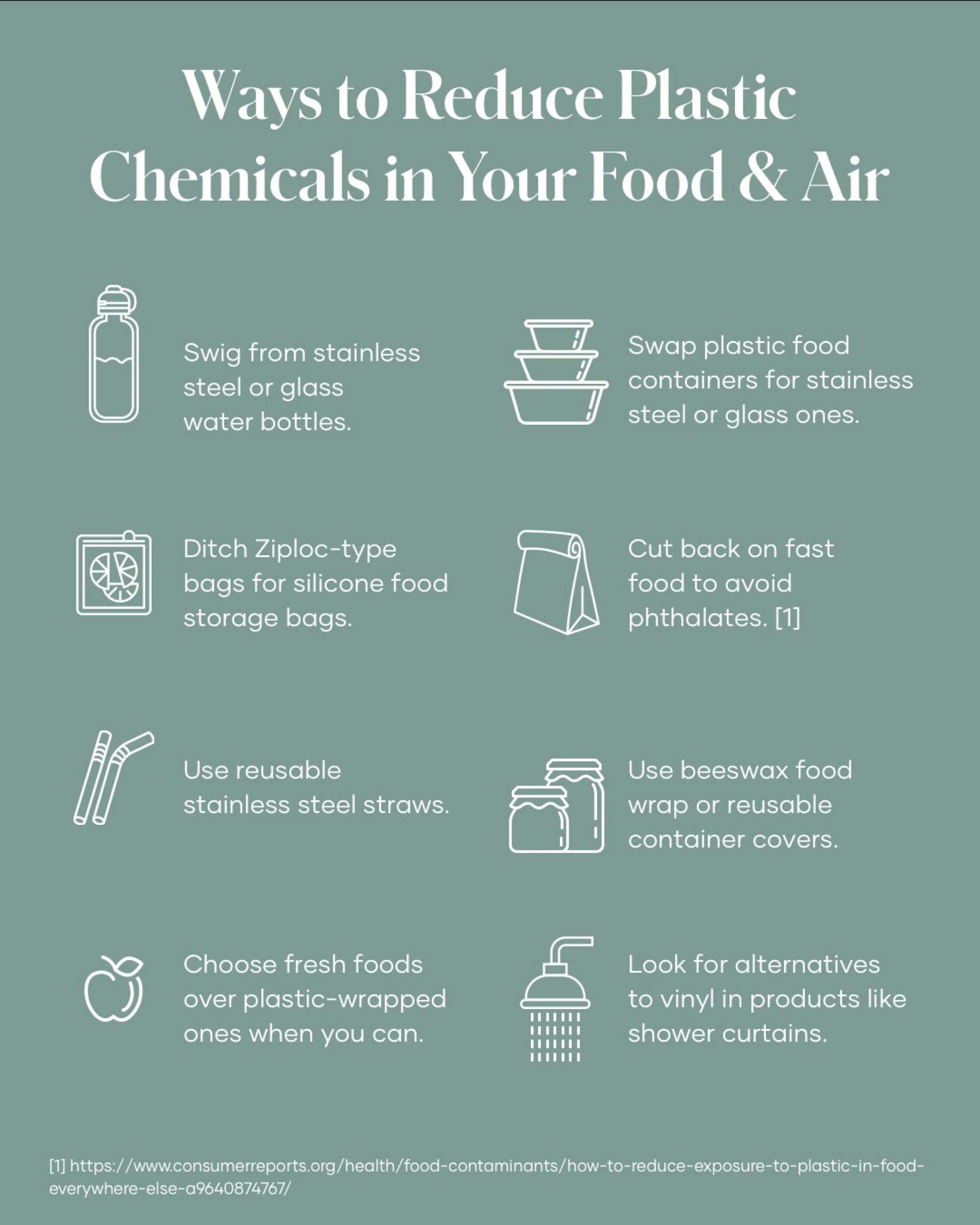Rethinking Plastic in the Kitchen: How to Make Safer, Smarter Swaps

Have you ever taken a moment to consider how much plastic comes into contact with your food every day?
From storage containers and water bottles to produce packaging and cling wrap, plastic has become a staple in many kitchens. But convenience comes at a cost—one that affects both our health and the planet.
What’s Really in That Plastic?
Many flexible plastics are made with synthetic additives called plasticizers—namely bisphenols (like BPA) and phthalates. These chemicals help make plastic more durable and flexible, but they come with serious risks.
Both BPA and phthalates are classified as endocrine disruptors, meaning they can interfere with the way our hormones function.
Research has linked them to a number of concerning health outcomes, including:
- Reproductive and developmental issues
- Infertility
- Early puberty
And these issues aren't just personal. Plastics like these don’t break down naturally in the environment. Instead, they accumulate—polluting ecosystems, harming wildlife, and entering the food chain in the form of microplastics.
Easy Kitchen Swaps to Reduce Plastic Exposure
If you’re looking to create a healthier, more sustainable kitchen, here are a few simple yet powerful changes to start with:
- Switch to Stainless Steel or Glass Water Bottles
Eliminate daily contact with plastic by using reusable bottles that only touch non-toxic materials like glass or stainless steel. - Upgrade Your Food Storage
Glass containers with snap-on lids or stainless-steel containers are safer for food—especially when reheating. - Use Silicone Food Bags
Reusable silicone bags are a flexible, BPA-free alternative made from naturally derived silica. - Replace Plastic Wrap
Beeswax wraps or silicone lids offer an effective, reusable way to cover food without the plastic waste. - Cut Back on Fast Food
Studies have shown higher levels of phthalates in fast food, possibly from packaging materials or vinyl gloves used in prep [1>. - Use Reusable Straws
Stainless steel straws are not only more durable but also free from plastic aftertaste and waste. - Choose Fresh, Whole Produce
Avoid pre-packaged produce when you can. Whole foods tend to come with fewer contaminants and less packaging. - Avoid Vinyl-Based Products
Phthalates are common in vinyl, so be mindful of vinyl shower curtains, food prep gloves, and flooring. Look for phthalate-free alternatives [1>.

Small Steps, Big Impact
Plastic is everywhere—it’s nearly impossible to avoid entirely. But every small change makes a difference. By being mindful of what we buy, store, and use, we not only protect our personal health but also reduce our environmental footprint.
Whether you’re just starting or already making plastic-free strides, your choices matter.
Have a favorite tip for cutting back on kitchen plastic? I’d love to hear it—share your go-to swaps or suggestions!
Sources:
[2> https://www.frontiersin.org/journals/pharmacology/articles/10.3389/fphar.2020.626448/full
[3> https://www.endocrine.org/topics/edc/plastics-edcs-and-health

Bob Ferguson
(913) 208−6357
bob@fergleads.com

